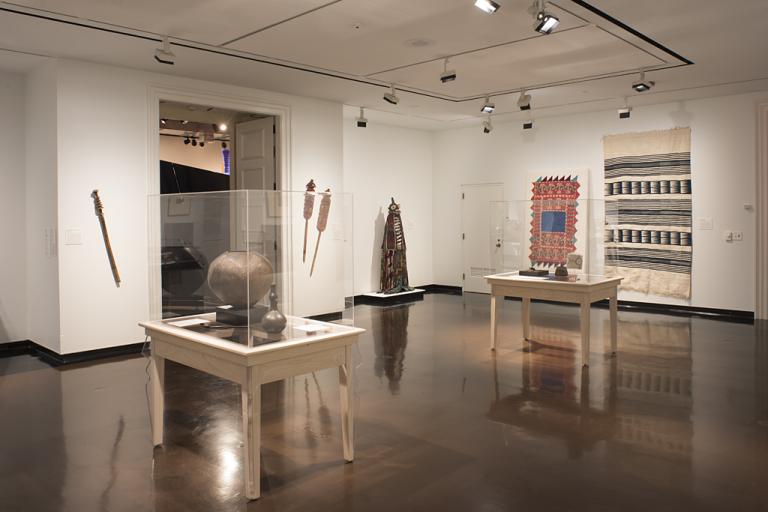Vendeur d'ombrelles et d'eventails, Yahia Turki
Artwork Overview

Yahia Turki, artist
1903–1969
Vendeur d'ombrelles et d'eventails,
1999
Where object was made: Tunisia
Material/technique: postage stamp
Credit line: On loan from Dr. Jessica Gerschultz
Accession number: EL2017.129
Not on display
If you wish to reproduce this image, please submit an image request
